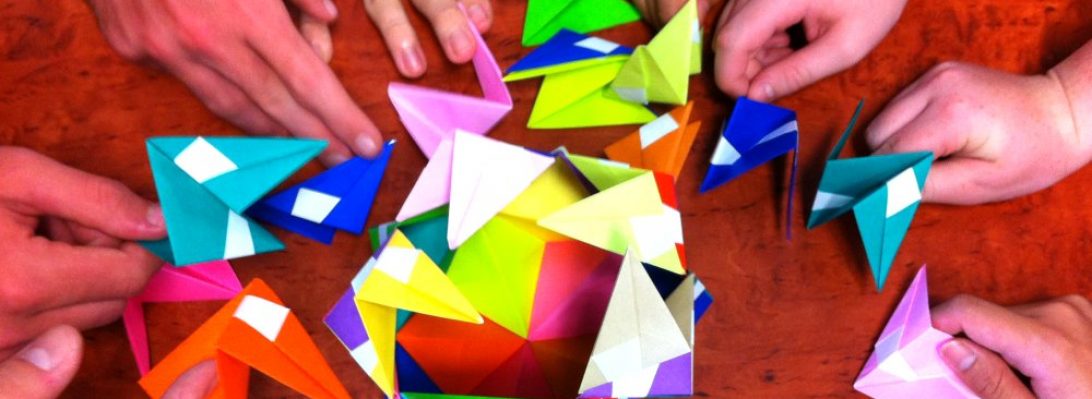I am interested in meta-folds – that is origami designs that are about origami, I stumbled across a series of 4 images of a man (torso) folding a crane on a routine image search for something else and decided I had to track it down. It was re-posted by a re-poster of the original and took some finding but this little beauty finally gave up some prototype Crease Patterns (CPs 1, 2, 3 and 4) and final images and I knew I had to try them:

I took my 90cm medium-thickness roll of Kraft and carved off a square, divided it into fifths, then halved until I got to 40ths, then split the big square into 4 equal smaller squares – each now a 20×20 grid.

Each figure has a different crease pattern – not sure why. I am fairly certain they were all variations generated by Boxpleat Studio (a program that takes stick figures and works out CPs), but I decided to persist – some worked perfectly, some were more of a challenge than others to collapse, each more or less made the formation of the man and the part of the crane easy, but had to nut out some things that were trickey.
I like this design, and am still working on the best way to display it – I am thinking eventually a shadowbox frame might be best.
Continue reading





























